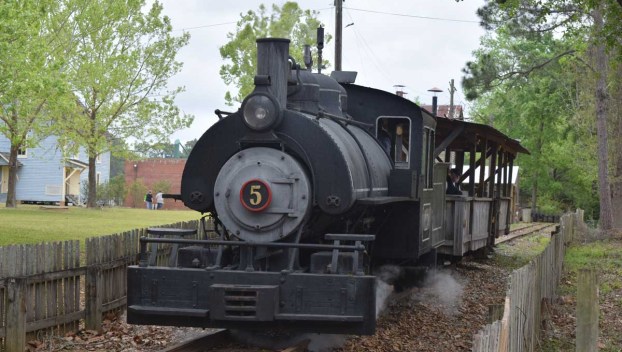
Lifestyles
Turpentine still exhibition at ABAC’s Georgia Museum of Agriculture on July 24
TIFTON, Ga. — The running of the turpentine still will be the featured demonstration on July 24 at ... Read more

TIFTON, Ga. — The running of the turpentine still will be the featured demonstration on July 24 at ... Read more

TIFTON — The long whine of the train whistle was heard throughout northwest Tifton Saturday morning. Whether it was ... Read more

DAY, Fla. — Day Heritage Center is now home to a turpentine tapping display. Read more

TIFTON —Visitors can enjoy a celebration of the rural heritage of South Georgia during the annual Folklife Festival ... Read more